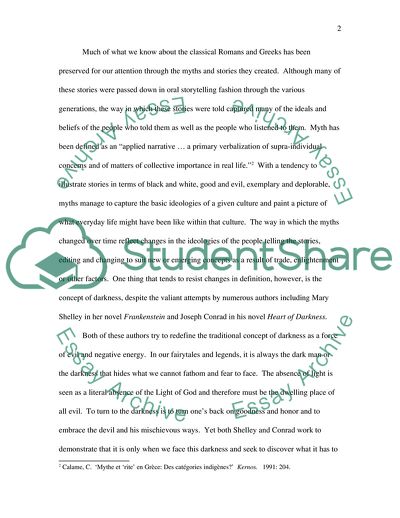Cite this document
(Frankenstein and Conrads Heart of Darkness Literature review, n.d.)
Frankenstein and Conrads Heart of Darkness Literature review. https://studentshare.org/literature/1711312-frankenstein-the-art-of-darkness
Frankenstein and Conrads Heart of Darkness Literature review. https://studentshare.org/literature/1711312-frankenstein-the-art-of-darkness
(Frankenstein and Conrads Heart of Darkness Literature Review)
Frankenstein and Conrads Heart of Darkness Literature Review. https://studentshare.org/literature/1711312-frankenstein-the-art-of-darkness.
Frankenstein and Conrads Heart of Darkness Literature Review. https://studentshare.org/literature/1711312-frankenstein-the-art-of-darkness.
“Frankenstein and Conrads Heart of Darkness Literature Review”. https://studentshare.org/literature/1711312-frankenstein-the-art-of-darkness.


